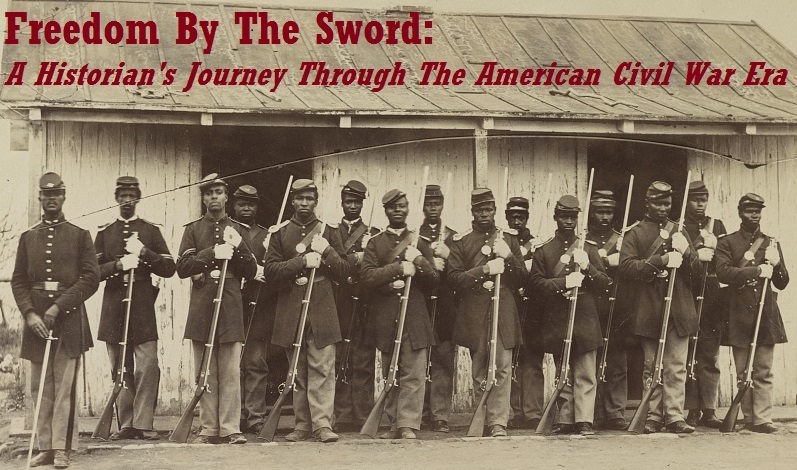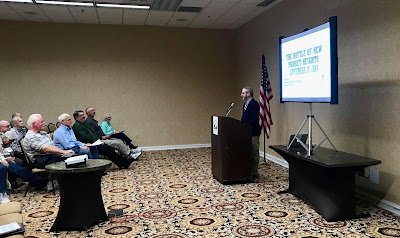In the epilogue to my first book, The Battle of New Market Heights: Freedom Will Be Theirs By The Sword, I wrote the following:
If the…commemoration of the sesquicentennial of the American Civil War is to have any truly lasting impact, the preservation and interpretation of endangered sites like the New Market Heights battlefield must top any list of priorities. Until this situation changes, Joseph T. Wilson’s poetic lament first published in 1892 will remain a tragic reality:
No marble shaft or granate pile mark the spot
Where they fell – their bones lay harvested from sun-rot,
In the Nation’s cities of the dead. Hannibal led
No braver than they through Alpine snow, nor wed
To freedom were Greece’s phalanx more, who o’er gory
clay
Followed Butler to New Market Heights that day.
Seven years later, with the sesquicentennial in the rear-view mirror, I’m sad to say that this situation has not much changed.
Still, the story of the remarkable heroism displayed by the US Colored Troops and the steep price that they paid in their own blood remains compelling. As fellow historian and blogger Tim Talbott wrote after a trip to what remains of the battlefield:
It would only be just for some type of monument to be erected at the little park just east of the I-295 and New Market Road intersection to honor those soldiers that fought so gallantly at New Market Heights. Hopefully, some day that tribute will come to fruition.I recently wrote of how the campaign that New Market Heights was a part of has been getting some much-needed attention and told of my efforts to help SGT Milton M. Holland, a New Market Heights Medal of Honor recipient, regain his revoked battlefield promotion to the rank of captain.
With these hopeful tidings, I am happy to announce yet another piece of good news – an effort is currently underfoot to have a battlefield monument erected on the New Market Heights battlefield!
The tentatively-titled New Market Heights Memorial Foundation is currently in the planning stages, with the aforementioned Tim Talbott, Director of Education at Pamplin Historical Park, and myself at the helm.
More details will be forthcoming as the new year unfolds, but Tim and I are heading into the television studio on December 27th for a thirty minute discussion about the Battle of New Market Heights and our hopes to commission a statue that pays proper homage to the white officers and African American enlisted men that fought with the US Colored Troops on September 29, 1864.
This day is long overdue – stay tuned to this blog and social media for more information as we progress towards the goal of honoring the heroes of New Market Heights!






